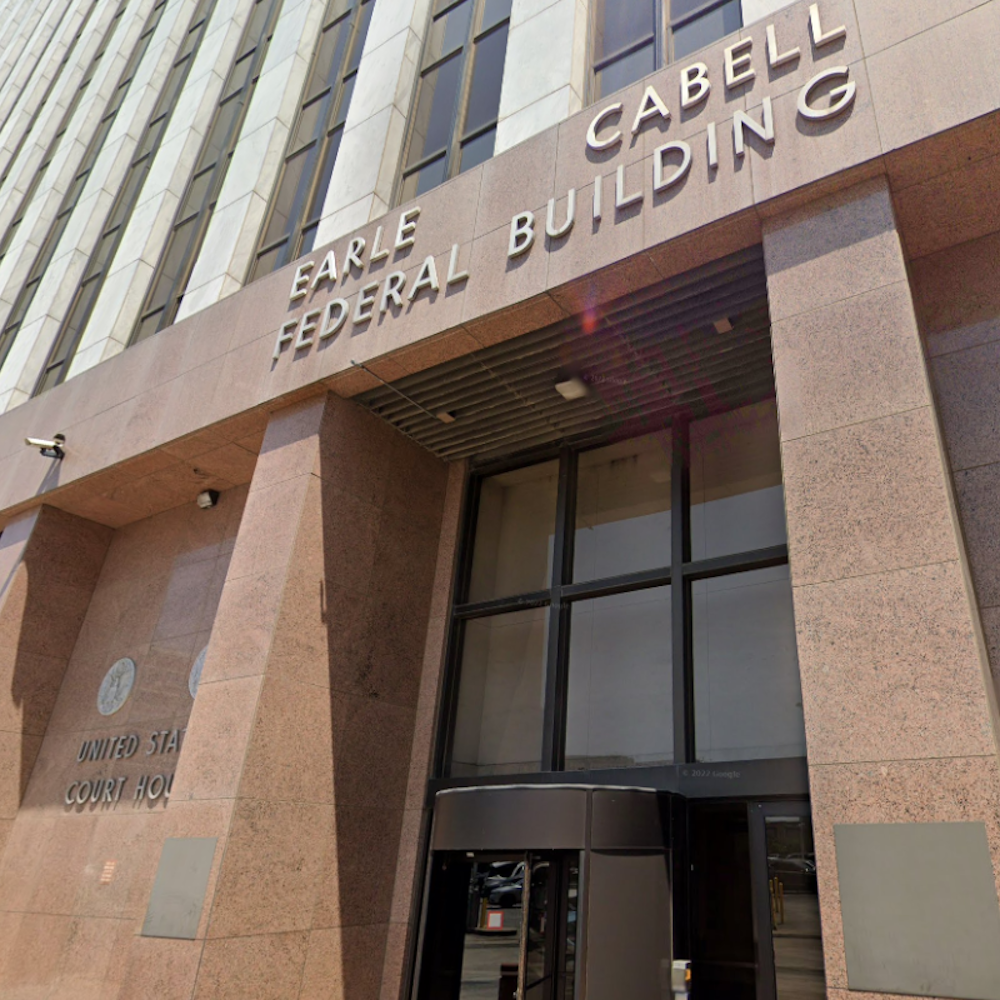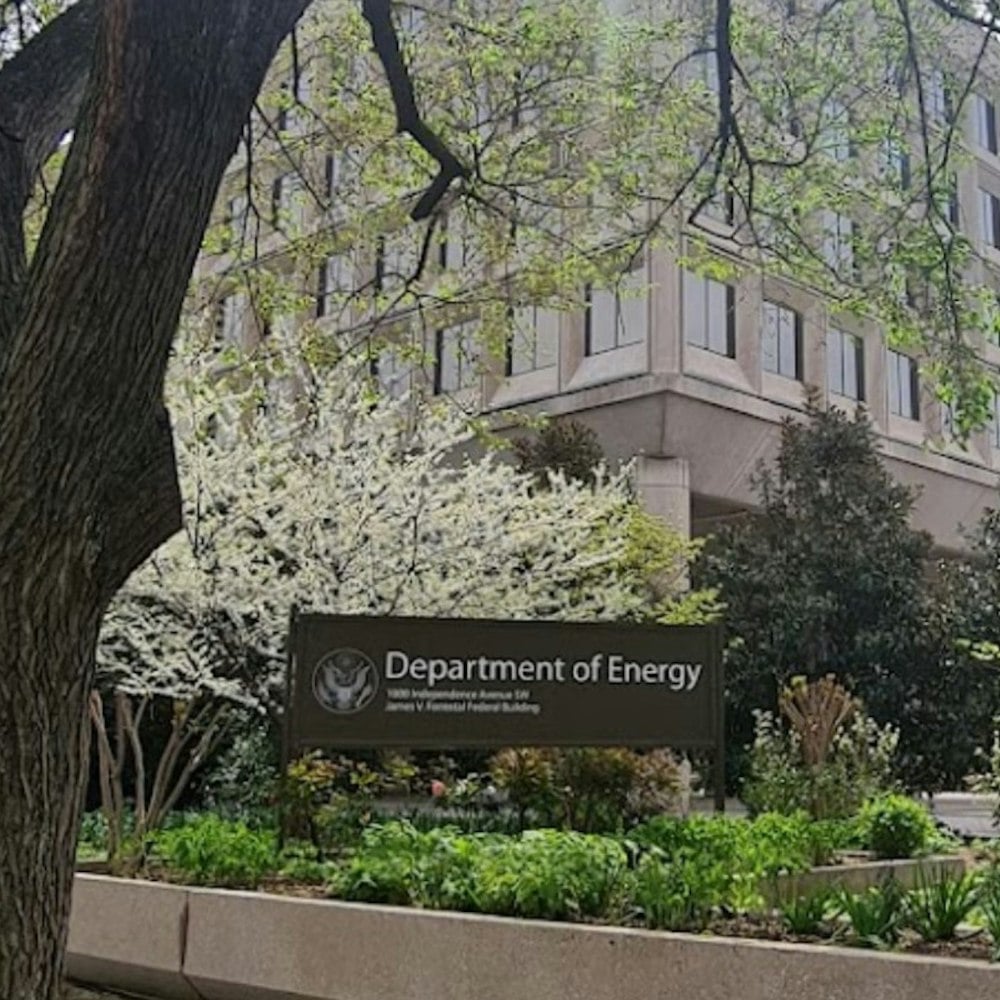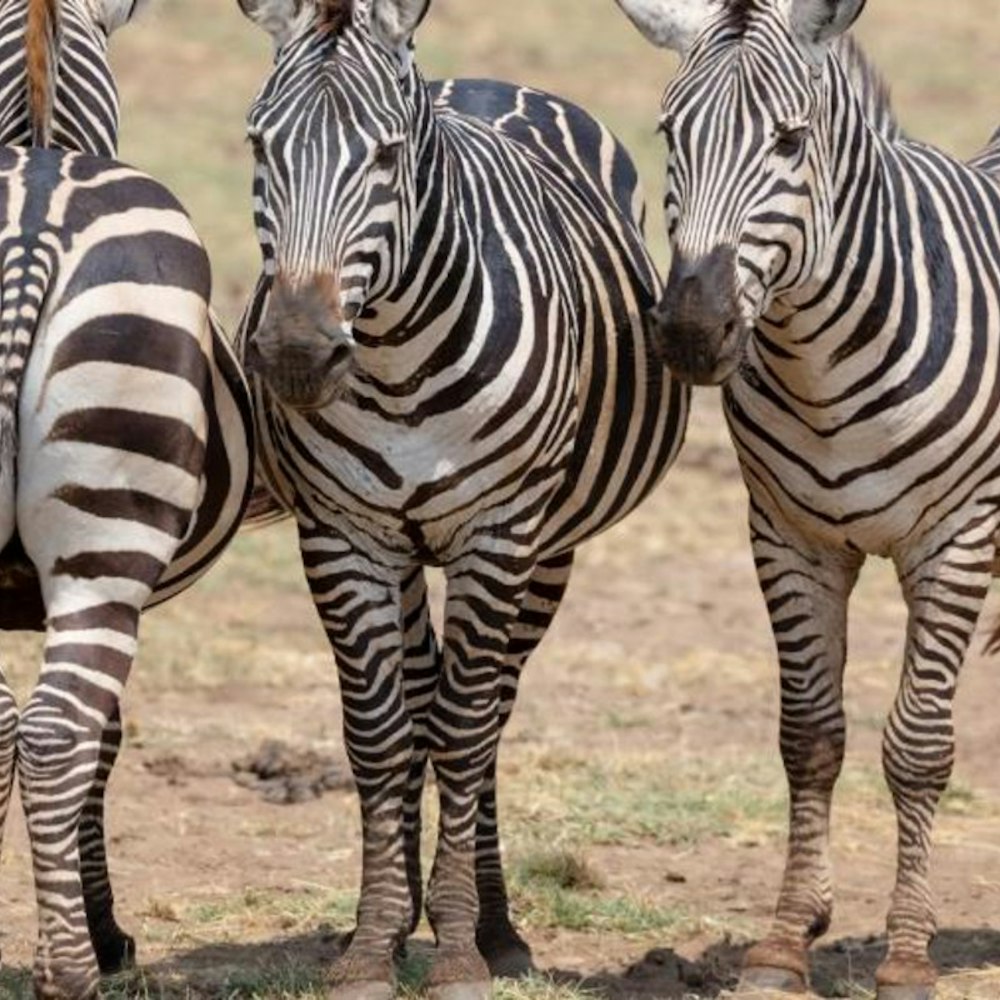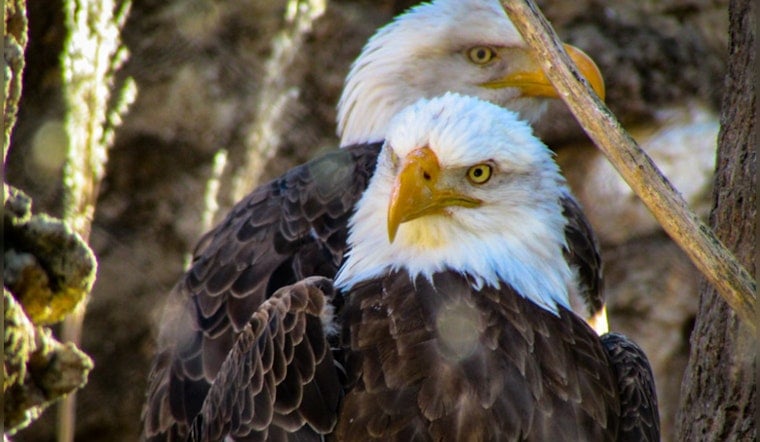
The Woodlands, a bustling Texas community known for its high-end real estate, is also home to America's national bird: the bald eagle. A famous pair of these majestic birds has made The Woodlands' high-dollar towers and lakeside mansions their stomping ground for the past 25 years, attracting both local and national attention. A particularly resilient couple has become a beacon of urban wildlife coexistence, displaying a rising trend of eagles returning to urban areas.
Recovering from the brink of extinction, the striking sight of the bald eagle's massive wingspan has become increasingly familiar in Houston's skies. "When the bald eagle was declared the nation's symbol in 1782, there were 100,000 to 500,000 in the U.S. by 1963, they were down to a low of 417," as reported by the Houston Chronicle. The pesticide DDT had thinned their eggshells making it difficult for them to hatch young ones but with the chemical ban in 1972 and extensive conservation efforts, their numbers have rebounded.
The Woodlands' eagles have not only survived but thrived against a backdrop of new developments. Their current nest is proudly perched across from the Woodlands United Methodist Church. Experts have noted this pair's tolerance for the rumbling of construction and human activity nearby, standing as a testament to their adaptation. "They're here for the long haul, one year when they were building their (parking) garage, the ground was shaking...it didn't seem to bother them," John Randolph Scott, founder of Save The Woodlands Eagles, told the Houston Chronicle.
Firm believers in coexistence, developers like The Woodlands Development Co. have taken careful steps not to interrupt the eagle's daily life, even amidst brisk urbanization. In alignment with a permit obtained from the U.S. Fish and Wildlife Service, a 4.6-acre buffer remains undeveloped around the nest. "We just have been really excited that the bald eagles are coming back, they're just such a wonderful, majestic bird," Kathy Coward, president of the Piney Woods Wildlife Society, told the Chron. Wildlife watchers find themselves enthralled by the opportunity to observe these birds from a neighborly distance.
Meanwhile, the eagles' involvement with human communities has grown, from being a rare sight to a common occurrence, and local residents have stepped up their conservation game. Technology platforms like eBird and iNaturalist are empowering citizen scientists to aid conservation efforts by tracking bald eagle nests and sightings, further entwining the fate of these birds with the people who have come to love them – showing that even as humans take up more space, there's room to share it with the nation's icons.

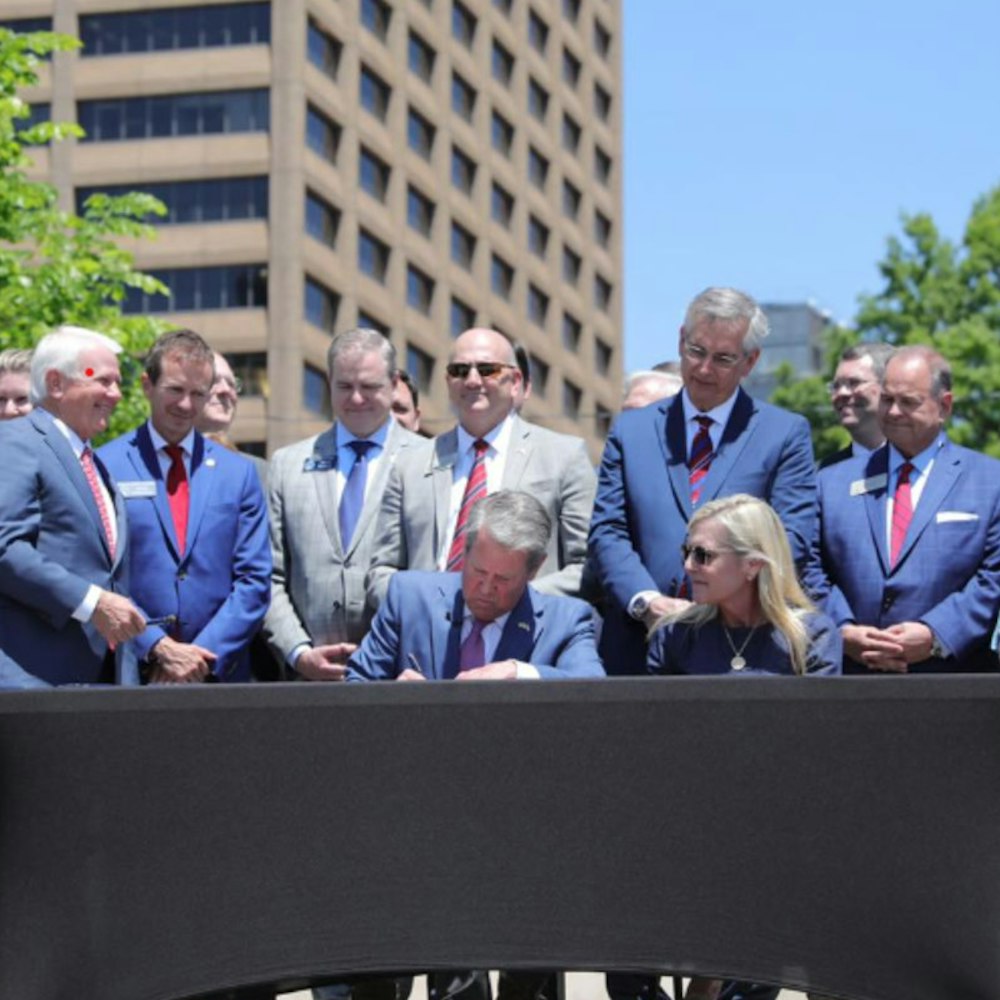

-3.webp?w=1000&h=1000&fit=crop&crop:edges)
